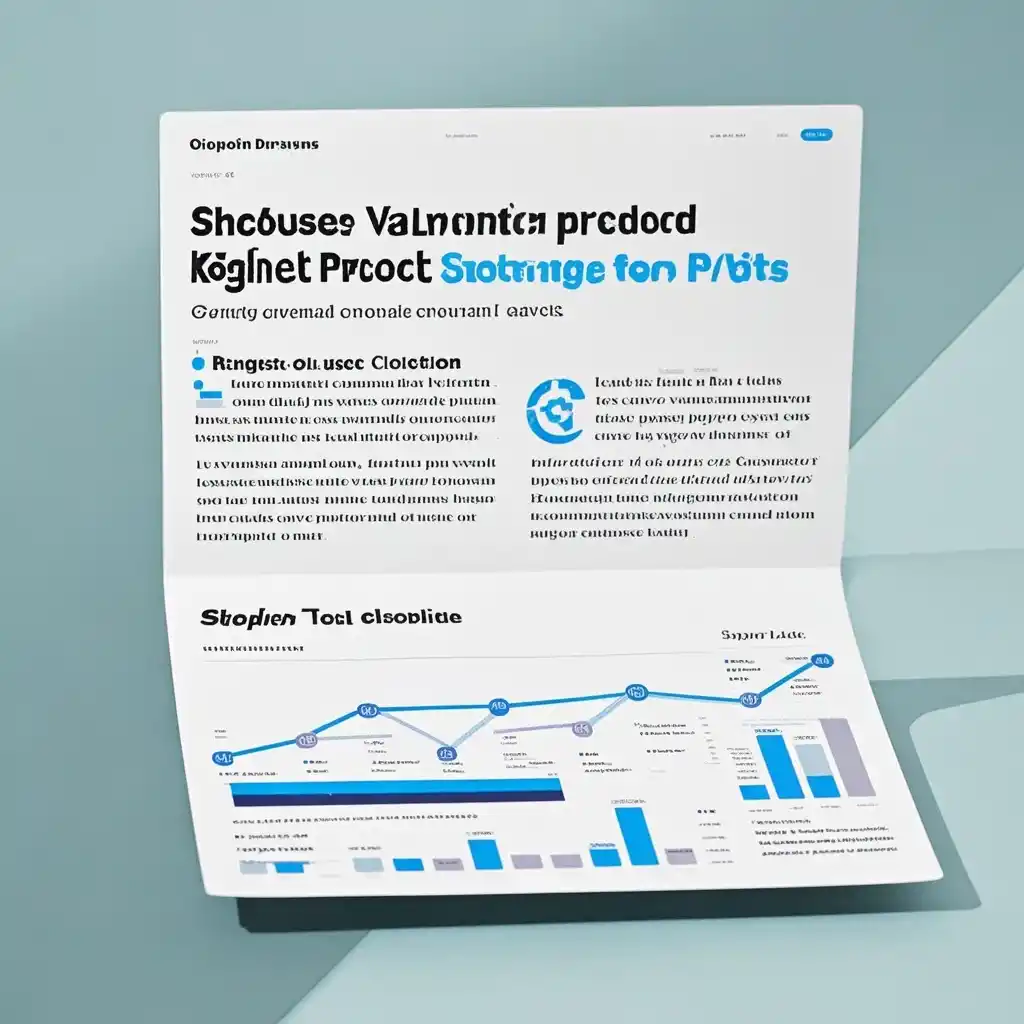

Background
As a cross - border e - commerce seller, the issue of tariffs can significantly impact your profit margins. With the increasing complexity and frequency of tariff changes, it has become crucial to focus on high - value and niche products. Tariffs are often levied based on various factors such as product type, origin, and destination. For example, if you are selling mass - produced, low - value products, the tariff percentage might eat up a large portion of your already slim profit margin. On the other hand, high - value products, especially those in niche markets, can potentially withstand tariff impositions better and still maintain healthy profit levels.
Let's consider a case where a seller was mainly dealing with inexpensive plastic toys. A small increase in tariffs led to a significant reduction in their overall profit as the cost of the product was low, and the tariff amount became a relatively large proportion of the final price. In contrast, a seller of high - end, custom - made jewelry, although also affected by tariffs, was able to adjust prices more easily and still maintain a good customer base due to the unique value of the product.
Product Selection
1. Research Market Demands
Begin by conducting in - depth market research. Look for products that have a consistent and growing demand but are not oversaturated. Tools like Google Trends can be very helpful in understanding the popularity of different products over time. For example, if you notice that there is a rising trend in the demand for a particular type of artisanal coffee maker in a foreign market, it could be a potential high - value product. Consider factors such as the lifestyle and purchasing power of your target customers. In high - income regions, consumers are often more willing to pay a premium for products that offer exclusivity, quality, and convenience.
2. Analyze Competitor Offerings
Study what your competitors are selling. Identify the gaps in their product lines. If most of your competitors are focusing on mass - market electronics, you might consider looking into high - end, specialized electronics accessories. For instance, there are relatively few sellers offering custom - made laptop skins with unique designs and high - quality materials. This could be a niche product that can attract customers who are willing to pay more for something different and personalized.
3. Consider Product Lifecycle
Choose products that are in the growth or maturity stage of their lifecycle. Avoid products that are on the decline. A product in the growth stage, such as a new type of fitness tracker with advanced features, has the potential to gain more market share and command a higher price. Newer products often have less competition initially, allowing you to set a relatively high price point. As they move into the maturity stage, you can still maintain good profit margins through economies of scale and brand loyalty.
Strategy
1. Pricing Strategy
When it comes to high - value products, your pricing needs to be carefully considered. You should factor in the cost of production, including any tariffs, and also the perceived value by the customer. For example, if you are selling a limited - edition designer handbag, you can price it higher not only because of its high - quality materials and craftsmanship but also because of its exclusivity. However, you need to be aware of the price sensitivity of your target market. Conduct price sensitivity analysis to find the optimal price point that maximizes profit while still being acceptable to customers.
2. Brand Building
Build a strong brand around your high - value products. A well - known brand can command higher prices and also help in differentiating your product from competitors. For instance, Apple has built a brand that is associated with high - quality, innovative products. As a cross - border e - commerce seller, you can use social media, influencer marketing, and customer reviews to build brand awareness and loyalty. Share the story behind your product, whether it's about the artisans who create it or the unique design process. This can add value in the eyes of the customer.
3. Tariff Mitigation
Look for ways to mitigate the impact of tariffs. One option is to explore different sourcing options. For example, if tariffs are high on products sourced from a particular country, consider finding alternative suppliers from countries with more favorable trade agreements. Another strategy is to work with customs brokers who are experts in tariff classification and can help you ensure that your products are classified correctly, potentially reducing the tariff amount.
Summary
As a cross - border e - commerce seller, navigating tariffs while maintaining profit margins requires a strategic approach to product selection. By focusing on high - value and niche products, researching market demands, analyzing competitor offerings, and considering product lifecycles, you can identify products that are more likely to succeed in the face of tariff challenges. Implementing effective strategies such as proper pricing, brand building, and tariff mitigation can further enhance your ability to maintain profitability. Remember, the key is to continuously monitor market trends, customer preferences, and tariff regulations to adapt and optimize your product selection and business strategies over time.